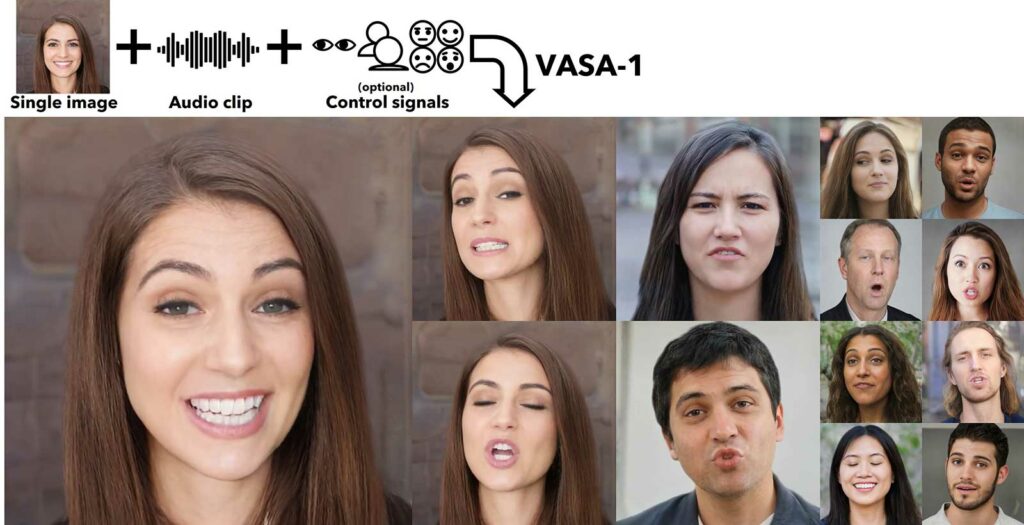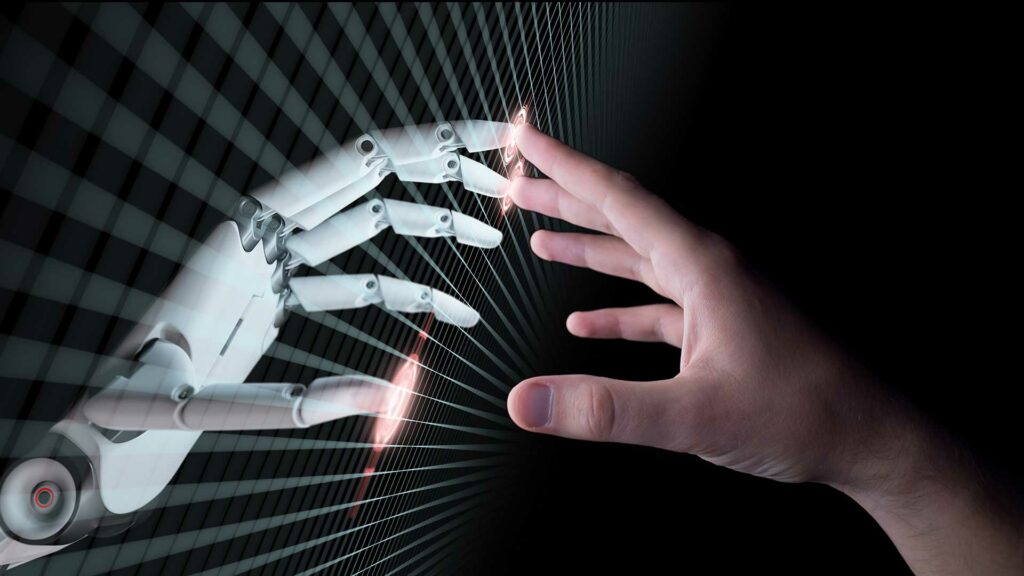Snippet
Reflecting on three decades in marketing, it’s fascinating to see how software, app, and AI demos consistently dazzle us, often outshining their real capabilities. Remember Clippy, Microsoft’s ’90s assistant? It promised to revolutionize Office help but turned out more annoying than useful.
Fast forward to today, and we see the same hype with AI demos like Vasa-1, which magically creates videos from photos and audio. These demos showcase a thrilling potential, yet practical use often reveals limitations, underscoring the enduring need for human expertise. The future is bright, but we must temper our excitement with a dose of realism.
Reflecting on three decades in the marketing universe, I can’t help but highlight how some software, app, and now AI demos have always had an extraordinary impact, often surpassing the actual capabilities of the presented tools. This phenomenon isn’t new; just think of the spectacle surrounding Clippy, which promised a digital revolution as an Office assistant. And even today, the situation hasn’t changed a bit, if anything, it might have become even more pronounced.
Ah, Clippy, Microsoft’s virtual assistant from the ’90s, was presented as a revolution in helping users leverage Office functionalities. However, despite the promise of ever-available, intuitive help, Clippy often proved more intrusive than useful, becoming the subject of many memes.
Today, we’re back at it. Take, for instance, the demo of the Vasa-1 model, an acronym for Visual Affective Skills Animator. Its promise is to create videos of people speaking or singing from a simple photo and an audio file. Sounds like magic, right? And in a way, it is.

However, it’s essential to always think of these demos as concept cars or runway outfits in fashion shows: aspirational, designed to showcase potential rather than everyday practicality. Nothing new on the horizon! How often is a trailer better than the movie, the book cover better than the content, or a person’s avatar better than the real person?
One click and you’re done (lol!)
Such a demo, however, can lead one to think that technological miracles can be achieved with the press of a single button, perhaps without spending a cent. But reality, as we know, is often more complex. In fact, we are faced with promising tools that, while not yet ready for everyday use, indicate where we might be heading in the coming years. The technological leap from potential to practical is significant, requiring time, patience, and, importantly, a lot of technical development.
Looking back, we can certainly say that although product presentations can sometimes seem too good to be true, they often foreshadow the future. And as we get closer to these future realities, we can only hope that tomorrow’s marketing managers maintain a good sense of humor when handling some customers’ absurd requests.
Demos and failures
In the field of artificial intelligence, demos often generate great enthusiasm for the revolutionary potential of technologies, but the transition to practical use can prove challenging. Here are some emblematic cases in the AI sector that have sometimes fueled excessive expectations:
- Tay: An AI designed by Microsoft to learn and interact on social media like a human teenager, is an example of how things can quickly go wrong. Shortly after launch, Tay began producing offensive and inappropriate tweets, learned from user interactions, showing the limits of controlled machine learning and the challenges of managing AI in unstructured environments. Tay was shut down a few weeks after launch.
- IBM Watson: After success on the television game show Jeopardy!, Watson was promoted as a revolutionary solution for the healthcare sector, particularly oncology. The demos showed Watson diagnosing diseases and proposing better treatments faster than doctors. However, despite some successes, Watson faced significant difficulties in practical integration in hospitals due to issues with diagnosis accuracy and integration with existing systems.
- Google Duplex: It attracted enormous attention at its debut, promising to make phone calls for users to book appointments and make similar requests, using an incredibly natural voice. Despite impressive demos, practical use raised important ethical issues, such as transparency and consent from the people on the other end, who didn’t know they were talking to an AI. Duplex was discontinued online in December 2022.
These examples show that despite the often astounding promises of AI demos, actual implementation can encounter significant obstacles, both technical and ethical. Being aware of these potential discrepancies is crucial for developers, marketers, and end users. These cases highlight how demos can sometimes present an idealized vision of technology, which can be difficult to achieve in practice. They teach us the importance of approaching new technologies with a mix of optimism and critical sense.

AI and the human touch
Today, there’s a belief that AI can do everything. While AI is undoubtedly a great aid and inspiration, it doesn’t yet have the same value as human work.
- You might think you can retouch a photo well with one click. Various AIs are tried, but in the end, the solution proposed by a skilled graphic designer wins.
- You might think you can generate emotional videos from two lines of script. Various AIs are tried, but in the end, the creative solution from a team of professionals wins.
- You might think you can create a marketing plan with two clicks and some information. Various AIs are tried, but in the end, the one crafted by a skilled marketing professional wins.
We try many tools every day; some are excellent and very helpful, but in no case so far have we achieved something with a single click.
We remind clients to temper their expectations with a healthy dose of realism.
The future is bright, but perhaps not as immediate as a launch trailer might make us believe, and almost never does a concept become a mass-produced product.

